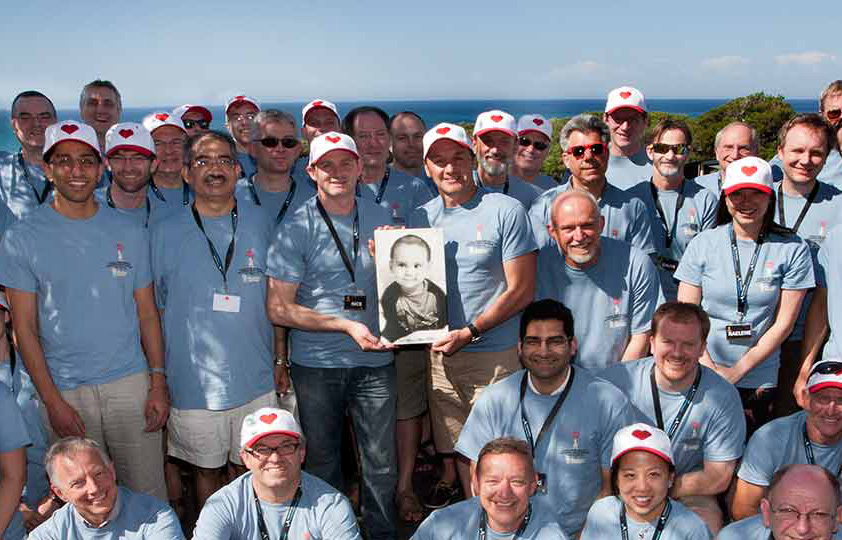Search
Showing results for "8"

We rely on our fundraisers enormously. Not only are they out there raising money to help fund our research into children’s health, they’re raising awareness within the community about the broad scope of work we do. They are helping to create hope for children and their families. Want to get involved?
News & Events
Quitting smoking in pregnancy good sign for child behaviourLong term benefits for a child if their mother quits smoking even after the pregnancy are established.

News & Events
Research reveals link between ADHD and juvenile offendingNew research from The Kids Research Institute Australia has revealed that children and youth treated for Attention Deficit Hyperactive Disorder (ADHD) are more likely
Research
Involving young people with lived experience in advancing mental health science: an exploratory qualitative study from Pakistan and IndiaMeaningful involvement of young People with Lived Experience (PWLE) in co-designing youth mental health interventions has been much emphasized globally. However, there is a scarcity of evidence on involving PWLE of mental health problems in designing, implementing and evaluating mental health interventions, especially in Low- and Middle-Income Countries.
Research
Non-communicable disease mortality in young people with a history of contact with the youth justice system in Queensland, Australia: a retrospective, population-based cohort studyYoung people who have had contact with the criminal justice system are at increased risk of early death, especially from injuries. However, deaths due to non-communicable diseases (NCDs) in this population remain poorly described. We aimed to estimate mortality due to NCDs in people with a history of involvement with the youth justice system, compare NCD mortality rates in this population with those in the general population, and characterise demographic and justice-related factors associated with deaths caused by NCDs in people with a history of contact with the youth justice system.
Research
Intention to Engage in Alcohol Use during Pregnancy: The Role of Attitudes and PrototypesThere is no known risk-free level of alcohol use in pregnancy. Despite this, many still believe that occasional drinking is safe. To-date, there is limited evidence of the influences on women's decisions about low to moderate alcohol use in pregnancy.
Research
Stimulation of alpha-1 adrenoceptors may intensify cutaneous inflammation in complex regional pain syndromeAlpha-1 adrenoceptors are overexpressed in the epidermis of a subgroup of patients with complex regional pain syndrome. Activating α 1 -adrenoceptors in epidermal cells increases production of the proinflammatory cytokine interleukin-6, a mediator of inflammation.
Research
Well-being and Distress in University Students with ADHD Traits: the Mediating Roles of Self-Compassion and Emotion Regulation DifficultiesTertiary education is particularly demanding for students with attention-deficit hyperactivity disorder (ADHD), who often struggle with emotion regulation and are at greater risk of internalising disorders compared to their peers. Self-compassion is a skill associated with positive mental health and adaptive emotion regulation that might support students in managing the emotional challenges of studying with ADHD.
Research
Towards the development of an integrative, evidence-based suite of indicators for the prediction of outcome following mild traumatic brain injuryPerformance on neuropsychological measures may be useful for predicting persisting post-concussion symptoms
Research
Effect of antecedent moderate-intensity exercise on the glycemia-increasing effect of a 30-sec maximal sprint: a sex comparisonThis study investigated whether a prior bout of moderate-intensity exercise attenuates the glycemia-increasing effect of a maximal 30-sec sprint.
